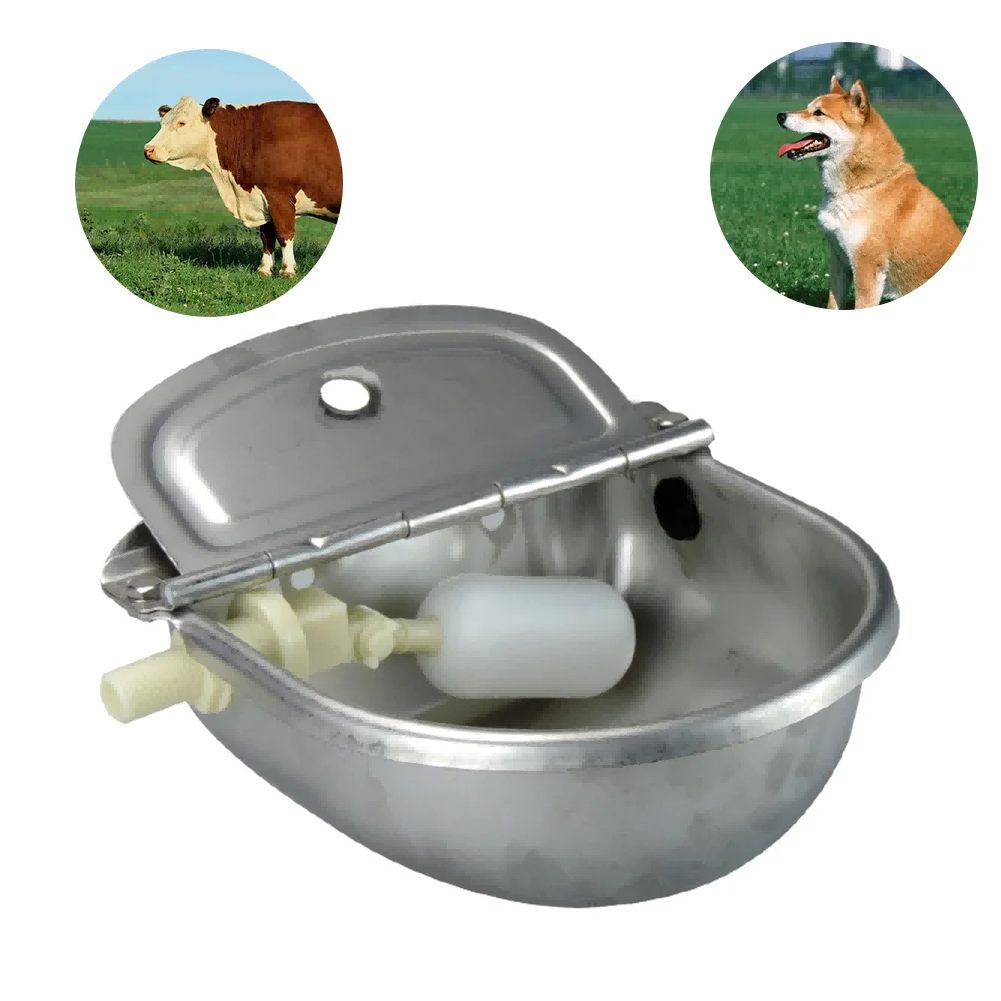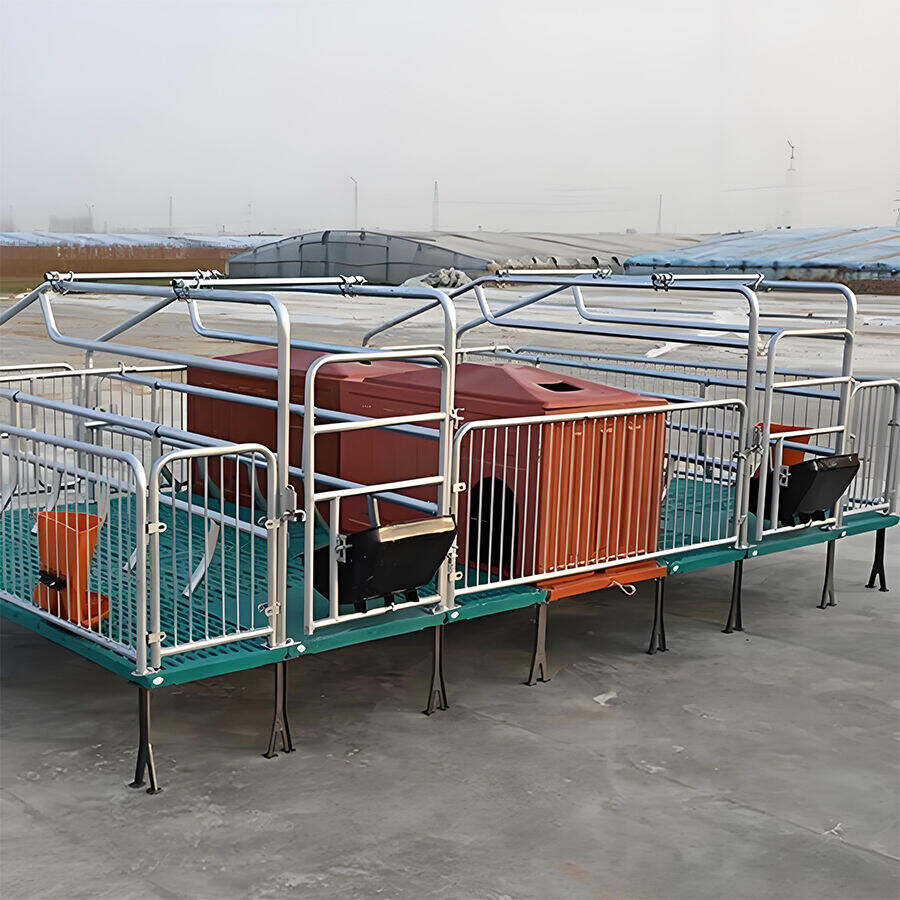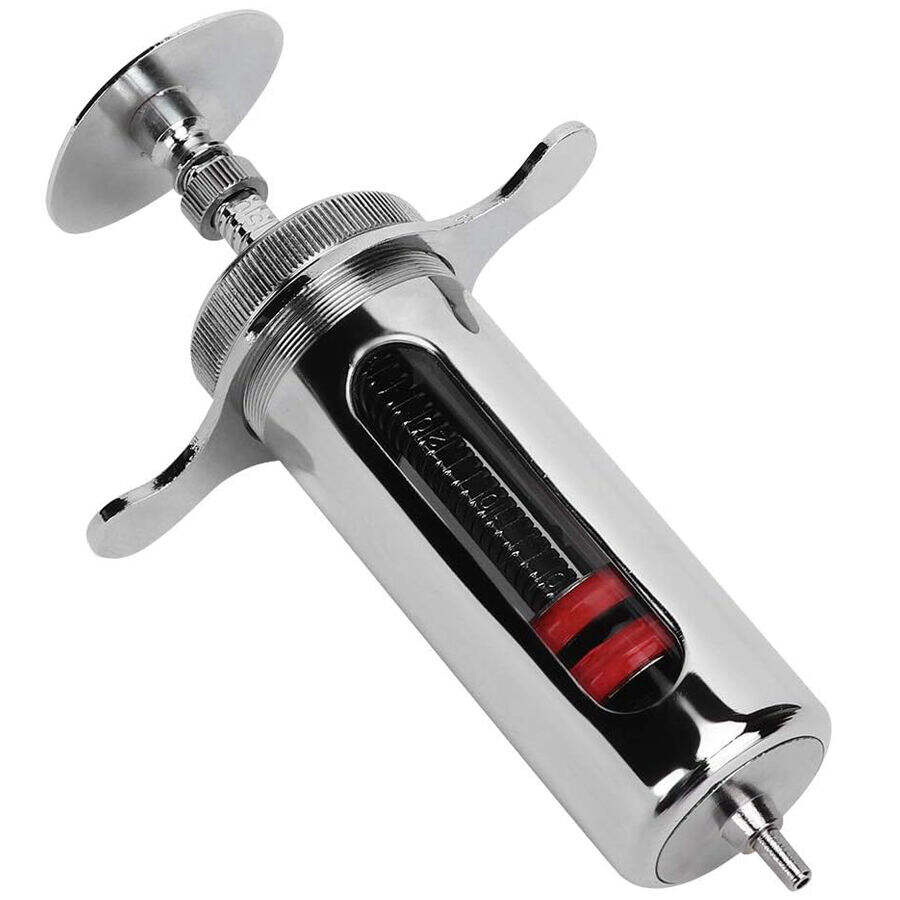drencher types
Drencher types represent essential fire protection systems designed to provide comprehensive water coverage for buildings and structures. These systems consist of various configurations, including window drenchers, facade drenchers, and curtain wall drenchers, each serving specific protective functions. Window drenchers create a protective water curtain across window openings, preventing fire spread between building levels. Facade drenchers distribute water uniformly down building exteriors, protecting structural elements and preventing fire escalation. Curtain wall drenchers specifically target glass surfaces, reducing thermal stress and maintaining structural integrity during fire events. Modern drencher systems incorporate advanced flow control mechanisms, automated activation systems, and sophisticated distribution networks that ensure optimal water coverage. They can be integrated with building management systems and feature pressure-regulated devices to maintain consistent performance across different building heights. These systems are particularly valuable in high-rise buildings, commercial complexes, and structures with significant glass facades, where traditional sprinkler systems might be less effective. The technology behind drencher systems continues to evolve, with newer models featuring smart sensors, remote monitoring capabilities, and improved water efficiency measures.


